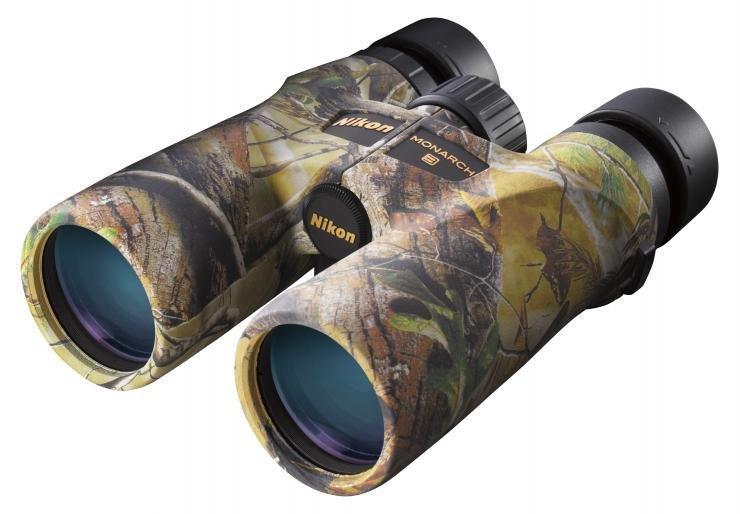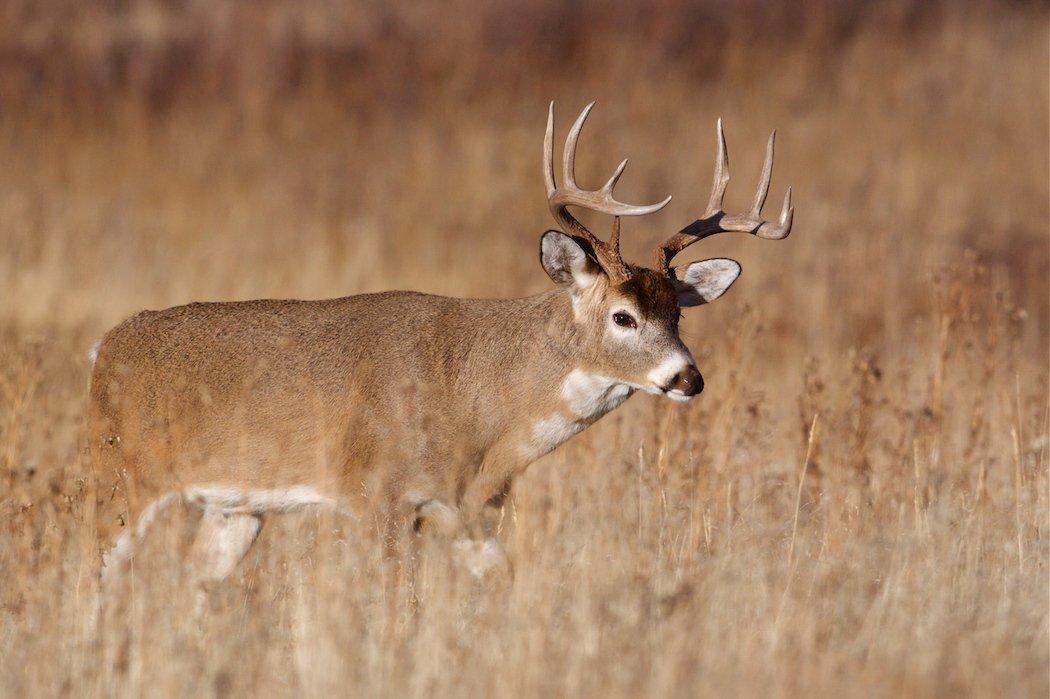Seek Out Whitetail Biologists to Predict When the Rut Will Be
For a whitetail bowhunter, there is nothing like the beginning of the rut in the Midwest. Iowa, Kansas, Illinois and other states produce some of the world's largest whitetails, and when bucks begin the cruising and chasing phases of the rut, there is no better time to be in a treestand.
I went on a deer hunt quite a few years ago in Illinois. The Illinois record books show that November 5, 6 and 7 have produced more P&Y and B&C bucks in the Midwest than any other three days. To say I was excited is a gross understatement, but when I looked at the weather forecast, my spirits were dampened. Temperatures were supposed to be in the 60s and 70s, rain was forecasted two of the five days, and heavy winds were also part of the package. Definitely not what I hoped for, but I was going anyway, and I knew I couldn't control the weather.
My first hunt was the afternoon of November 4. It was 71 degrees, and I really didn't expect much. I ended up seeing 13 deer in a clover field, and four of them were young bucks. At dark, I was untying my bow once on the ground, and I saw movement coming from my right. A beautiful 10-point trotted out of the corner of the field, stopped at about 12 yards and then cruised on. It was too dark to shoot, but the encounter definitely lifted my spirits.
We were filming my hunt, and we left especially early the next morning so we had time to set up the camera gear at our new stand. We walked in nearly a mile, and though the wind was light, temperatures were in the mid 60s. As dawn painted the sky pastel pink, I could see the shapes of deer moving up and down the edge of a cornfield about 75 yards to my right. My perch was on a small hardwood ridge with an uncut cornfield to the right, another to the left, and a river bottom behind me.

Deer moved around the cornfield's edge steadily, and occasionally a doe or small buck would cross our ridge. For an hour, movement was constant, but then there was an absence of deer for 20 to 30 minutes. I figured all the deer had bedded since it was so warm — I was wrong.
A deer blew continuously from across the right cornfield, but the wind was not carrying our scent in that direction. Then two does broke out into the corn at full tilt, and two more deer followed. They ran all over the field, and it sounded like every stalk was being flattened. Through my Nikon 10x42s, I saw a decent buck running circles, and then I saw the big boy. From 200 yards I could see a heavy tall rack running toward me, but at 100 yards, he veered left behind a hot doe.
This continued for 10 minutes with a few short pauses as the deer stopped to catch their breath. The big buck never got closer than about 80 yards, and because I was glassing him through some thick cover on the field edge, I couldn't judge him very well.
The buck chased the hot doe into the woods at the far corner of the field, and they disappeared. I was excited to have been able to see such a show, but I was disappointed that the bruiser buck never got close enough for a shot. As I reflected on what had just transpired, a little 4-pointer showed up and ran circles around my stand with his nose to the ground. I looked at the cameraman, and said, I wish his daddy would do that! We laughed and watched the little guy work out of site.
Ten minutes later, a basket-racked 8-point stepped through some olive bushes and into a clearing only 10 yards away. I heard my cameraman whisper, the big buck is coming on the same trail, so I eased my bow off the EZ Hanger and got ready.
I saw tall tines coming through the brush, and as he passed the last of the thick cover, I drew my bow. The smaller buck was at 4 yards, there was another small buck that stepped out at about 18 yards, and the big buck stopped at 12 steps.
He shook like a dog and water went everywhere. (I guess he went and cooled off in the river after chasing the doe.) He needed to walk about 10 yards to be in the wide open, but he just stood there. He looked around, licked his haunch, and looked some more.
I held my bow back to the point that I knew in seconds I would have to let down with three bucks within 20 yards. As I was about to concede, the mature buck began walking. After three steps, he hit an opening that was about 18 inches wide, and I let my Easton Axis fly. I was afraid to try to stop him with a bleat as there were so many deer so close, and due to his momentum, my arrow hit just behind where I aimed. He ran about 30 yards and stopped with his back hunched up.
I got another arrow and shot again. Five yards in front of the buck, my arrow was deflected by a small branch, and the deer walked another 20 yards and stood there for about three minutes before stepping over a hill and out of site.
After reviewing the video footage and seeing how big he was and that I had hit him back, we decided to give him plenty of time. We slipped out of the area and came back much later. After a lengthy tracking job, we finally found the big 10-point Illinois buck of my dreams.
He wasn't terribly wide, but he had good mass and lots of long tines. The 6-1/2-year-old monarch grossed 162 and change. It was certainly the kind of bowhunt I had dreamed of for nearly a year.
The first 10 days of November are definitely prime time in the Midwest. Having cold temperatures will surely up the odds of deer moving all day, but when the time is right and you are hunting a well managed property, deer will rut when it is time to rut. Warm or wet weather may slow them down, but it won't shut them down.
There were nine hunters in camp during my hunt, and every one of them had opportunities to harvest P&Y bucks despite the conditions. Some took bucks, and some passed 130- to 140-class deer holding out for a true giant. One thing is for sure; everyone had a great experience.
If you have the opportunity to hunt the Midwest in November, make sure you are in a tree as much as possible; warm, cold, rain or shine. You never know when the buck of a lifetime will cruise into bow range.
The best way to determine when the right time will be is by contacting deer biologists in the areas that you'll hunt. Ask them when most does breed in that area. Oftentimes, they back-date fetuses and have the data to provide. Then, plan to hunt the seven days leading up to that peak-breeding window. That's how you predict when the rut will be. You look at the data.
Editor's note: This was originally published in 2005.
Click here for more deer hunting articles and videos.
Check us out on Facebook.







